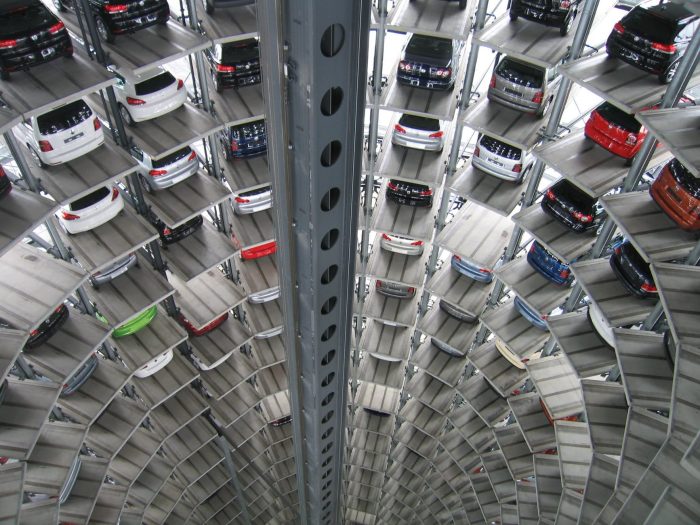On April 20th, during the quarter investment call Tesla’s CEO Elon Musk made clear that the Lithium price has reached insane price levels. Regardless of this, he clarified that Tesla was able to secure lower prices for lithium thanks to the locked-in long term contracts. Once again, Tesla beat market expectations and delivered a record 184,800 vehicles globally in the 2022 January to March quarter, beating market expectations on strong demand from China. But amid a record-high demand for the material, can supply keep up?
For over a year, a semiconductor shortage has damaged the auto industry, creating supply shortages and pushing prices for both chips makers and cars to unsustainable levels. Carmakers like Tesla are now dealing with Lithium supply constraints as they know that its price will continue to skyrocket.
As the impacts of environmental issues will increase lithium’s importance as a strategic mineral making it an essential component for the clean energy marketplace of the future. Lithium prices have surged with April prices an incredible 438% above last year’s. According to CSIS, the Washington based security think tank, the lithium industry is expected to grow almost 1000% by 2027.
China currently controls the lithium global supply chain because China has been willing to invest in countries like Argentina, and Bolivia regardless of their politics and they have position themselves as the market makers for the lithium future. Other countries, including Bolivia, Argentina, and Chile which are also known as the “white gold triangle” have become the major targets for future Lithium control. This is where most Lithium reserves are outside of Australia (world’s largest producer of commercial lithium). Of the world’s 86 million tons of identified lithium resources, Bolivia possesses 21 million tons, followed by Argentina with 19.3 million tons, and Chile with 9.6 million tons. Both Argentina and Bolivia are up for grabs as their volatile politics over the last decade have kept investors away. However, the market leadership will however be determined by who controls the Atacama Salt Flats in Chile which has
half the world’s lithium. Bringing this mineral to market may be affected by the polarizing environmental debate. It is true that the Chilean type of extraction happens through the evaporation of brines found beneath salt flats on South America’s Atacama Plateau. The method is by far the most water-intensive and can easily become a road-block for further lithium development in Chile.
Going Forward
While most countries and companies are still heavily dependent on China’s supplies, there are promising efforts to diversify away from “single sourcing” from China. Among these, there is the US efforts to extract Lithium from its own mines in the US territory, as well as rethinking the strategic engagement with Lithium rich countries particularly Bolivia, Argentina and China. Additionally, US entrepreneurs and investors are pioneering new extraction technologies that would dramatically reduce the environment degradation and the overall cost of extraction.
Lithium is going to become one of the most important natural resources in the next 10 years as it is essential to the energy revolution. In order to accomplish this transformation, we need bolder US policies in place to reflect the transition to a smarter tech and ESG based industrial revolution. Politicians should support businesses like Energy X, and Galvanic Energy which are trying to accelerate this clean and sustainable business revolution.







Comments are closed.
Read 1 comment and reply